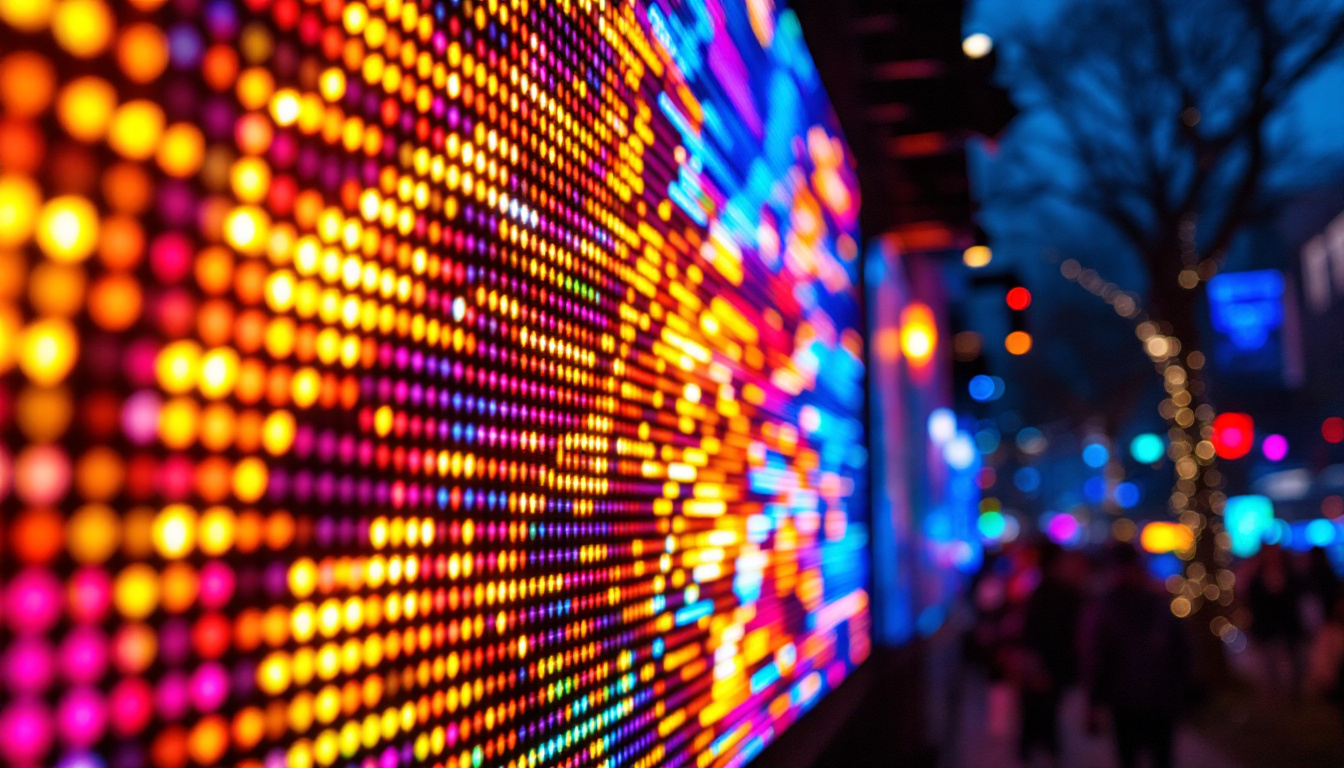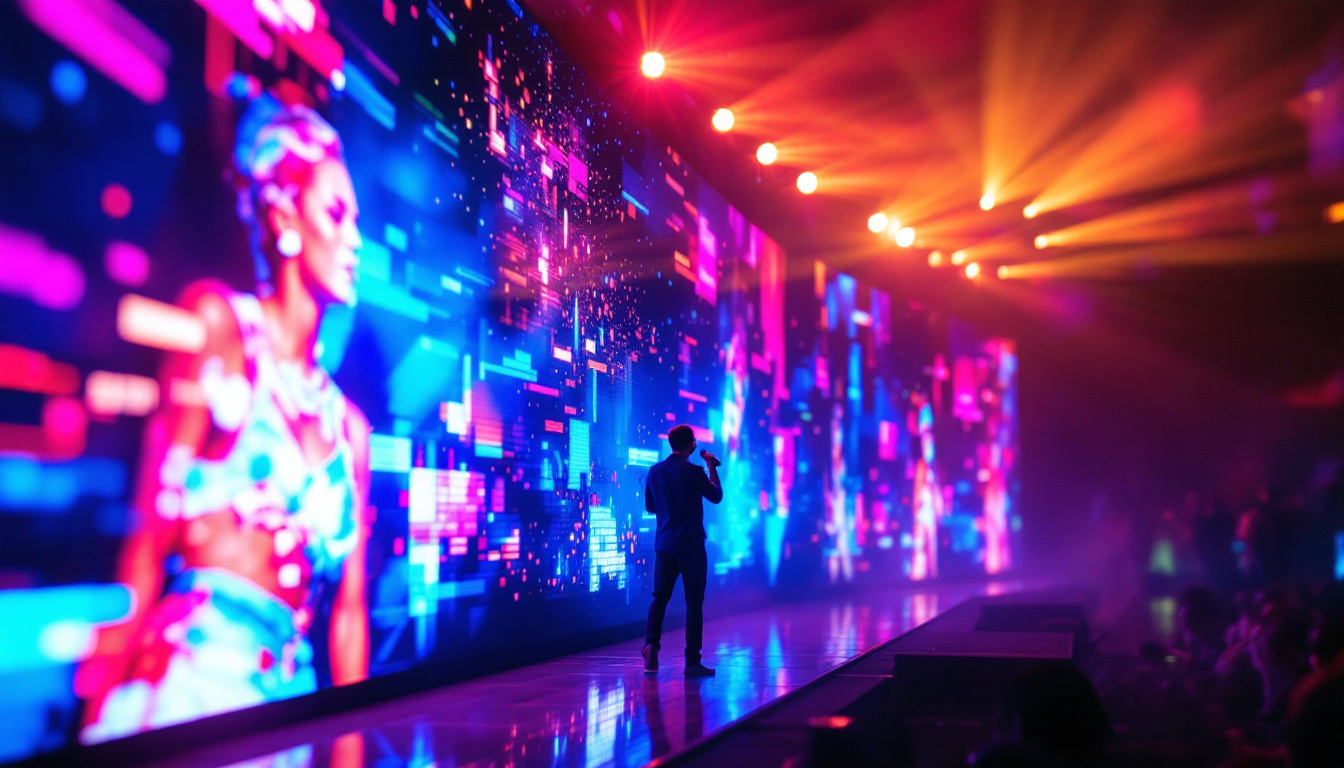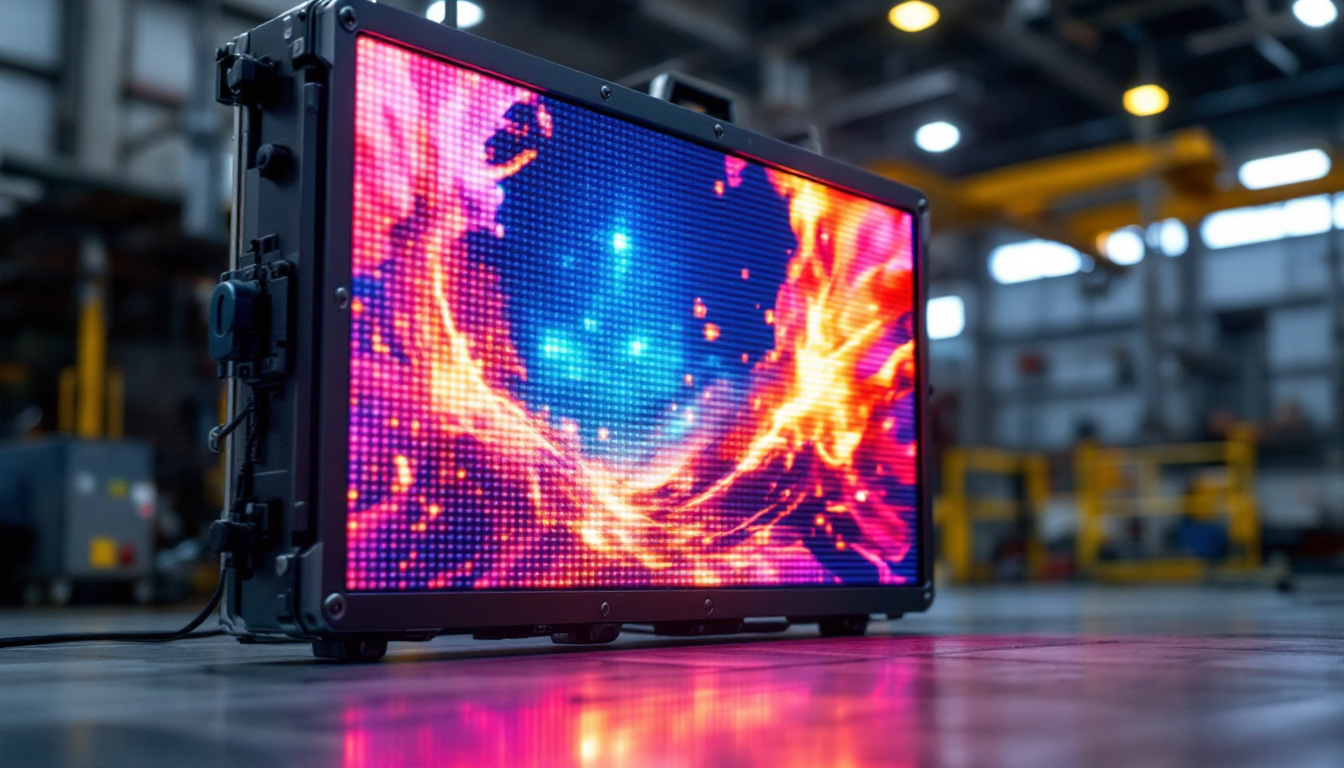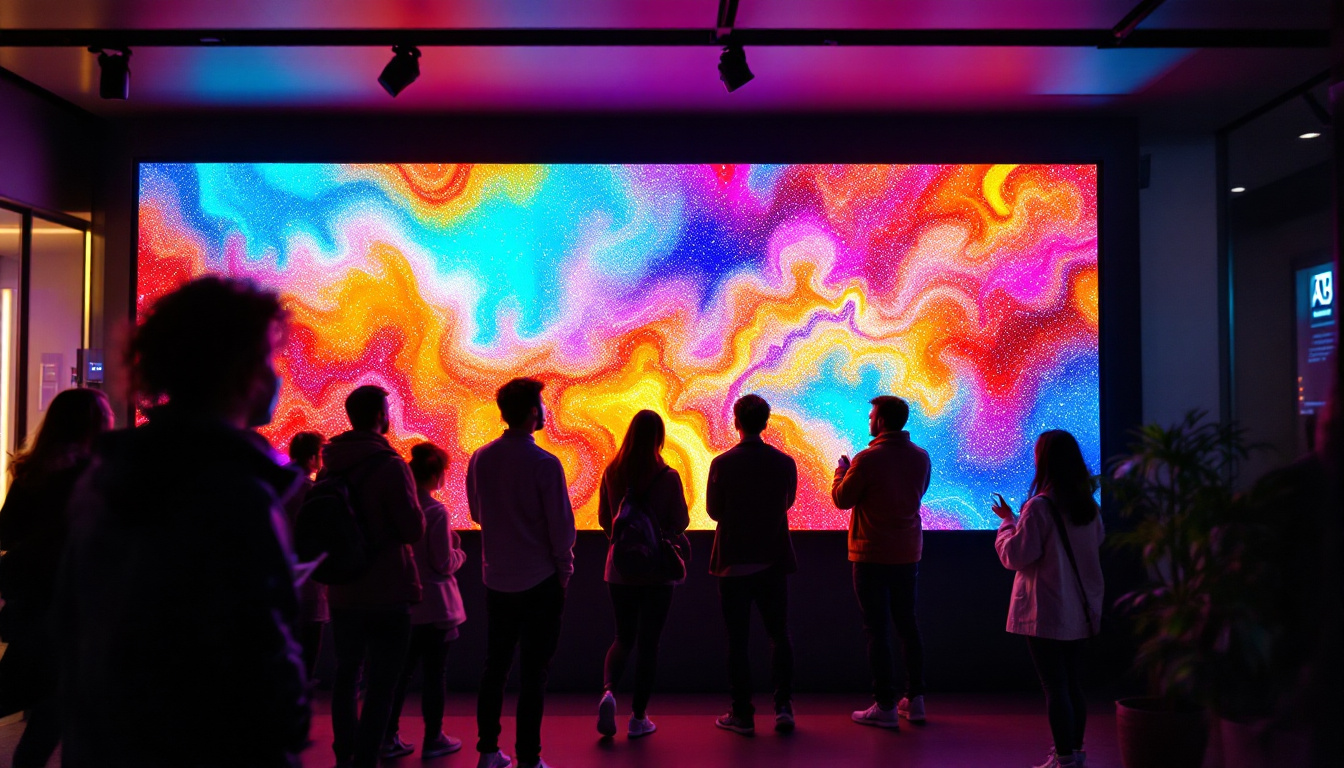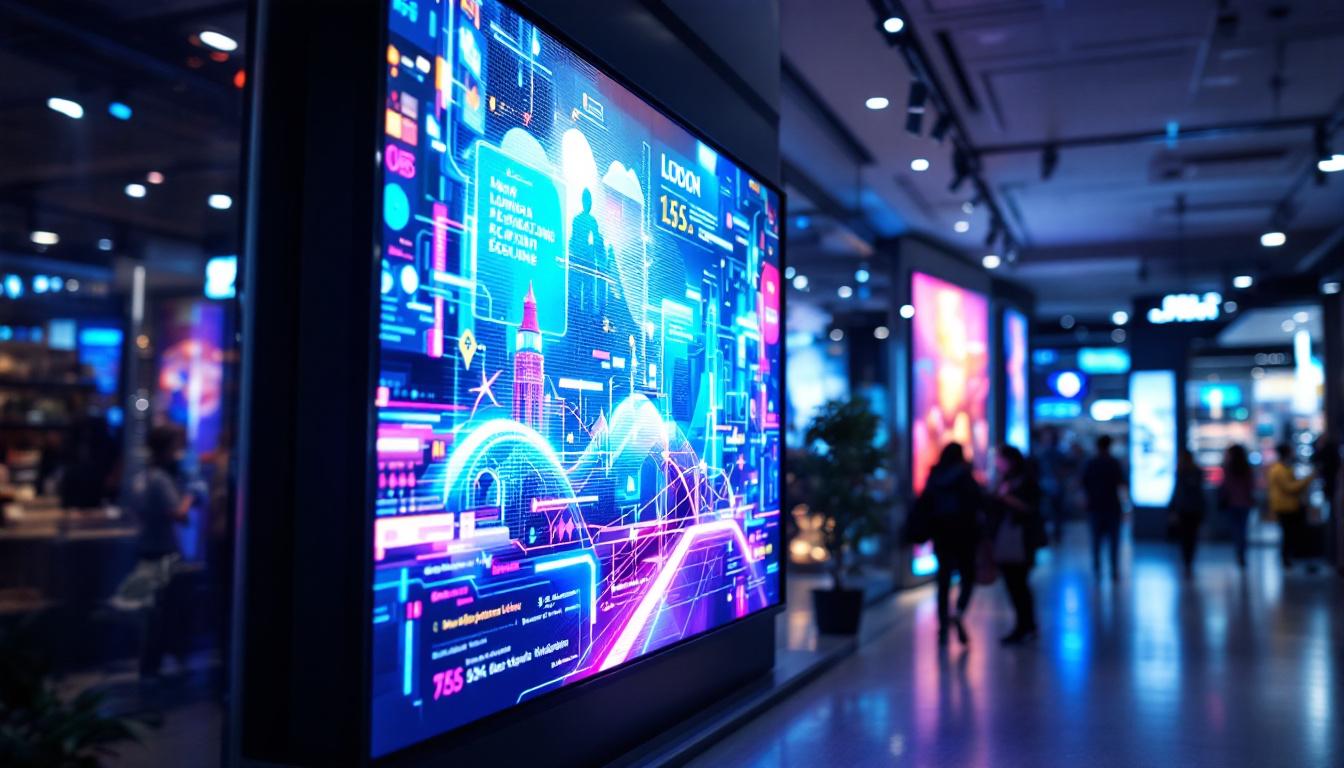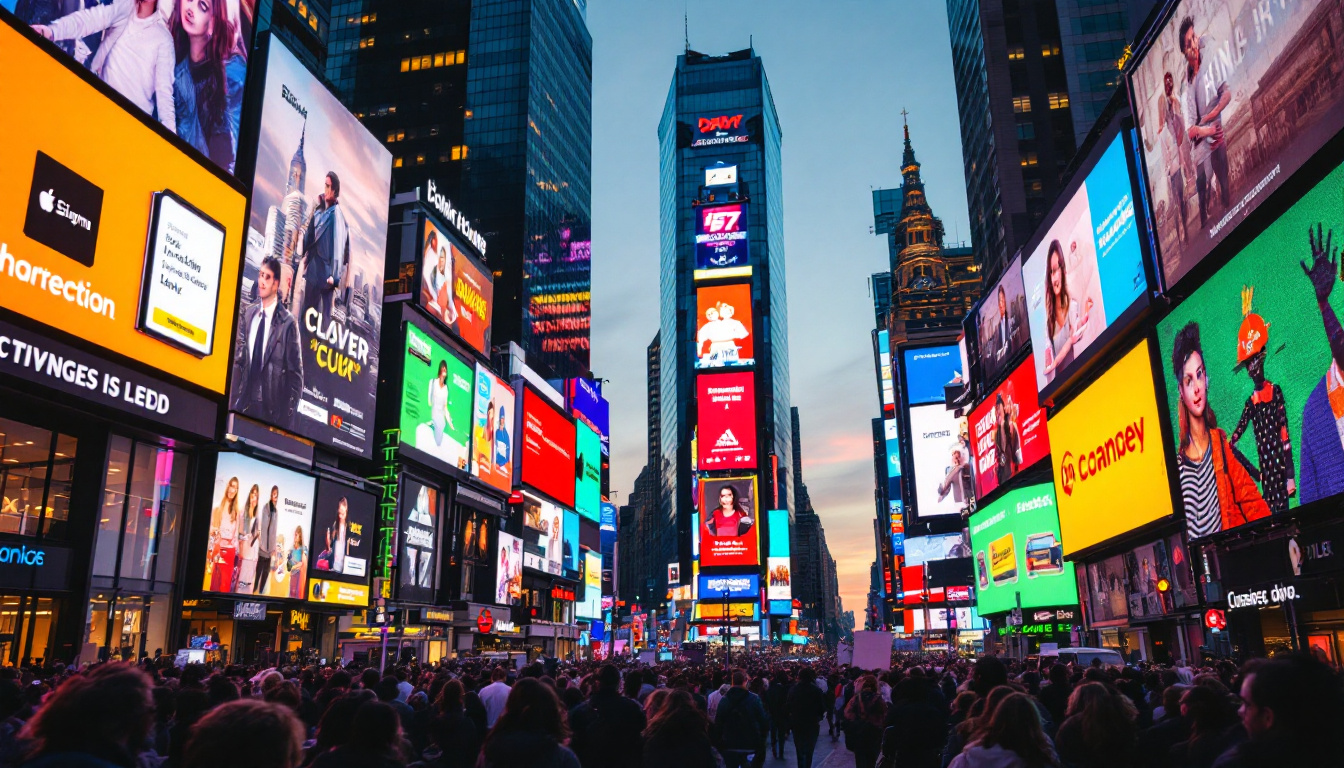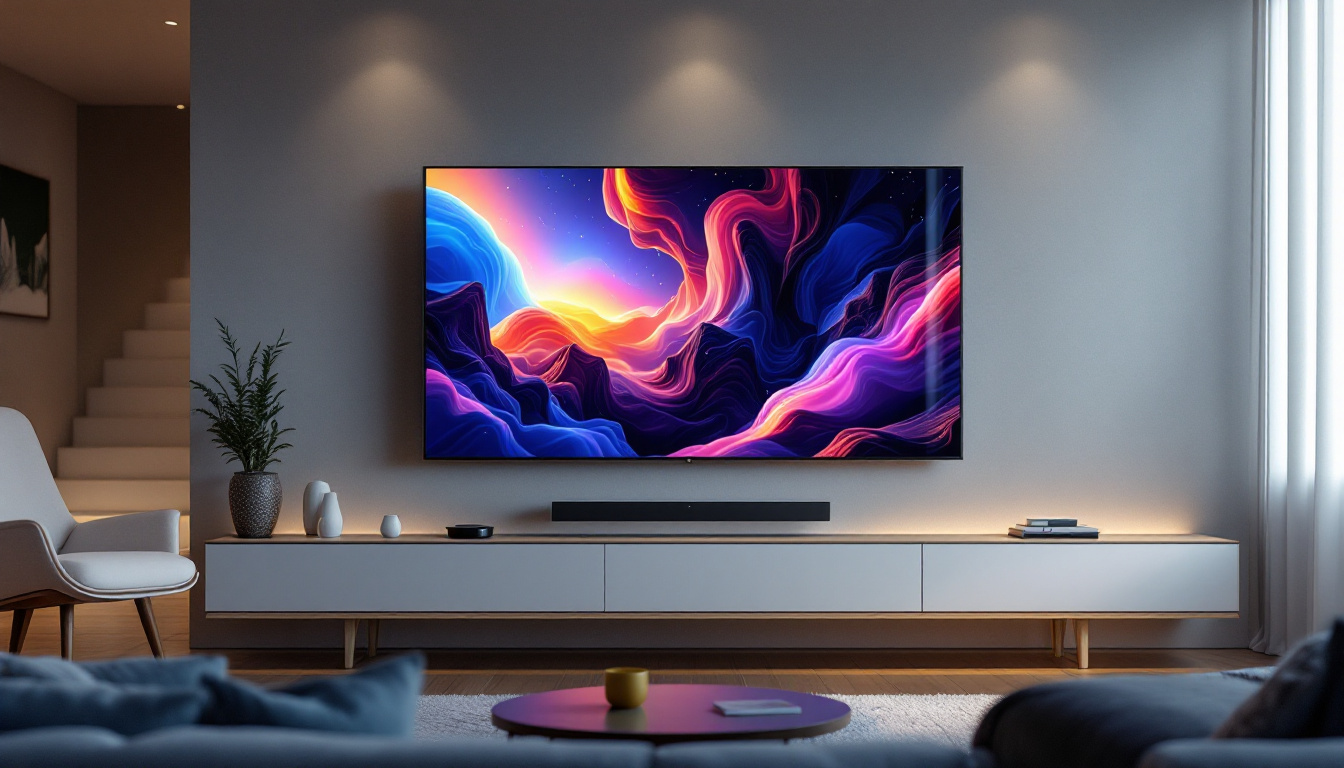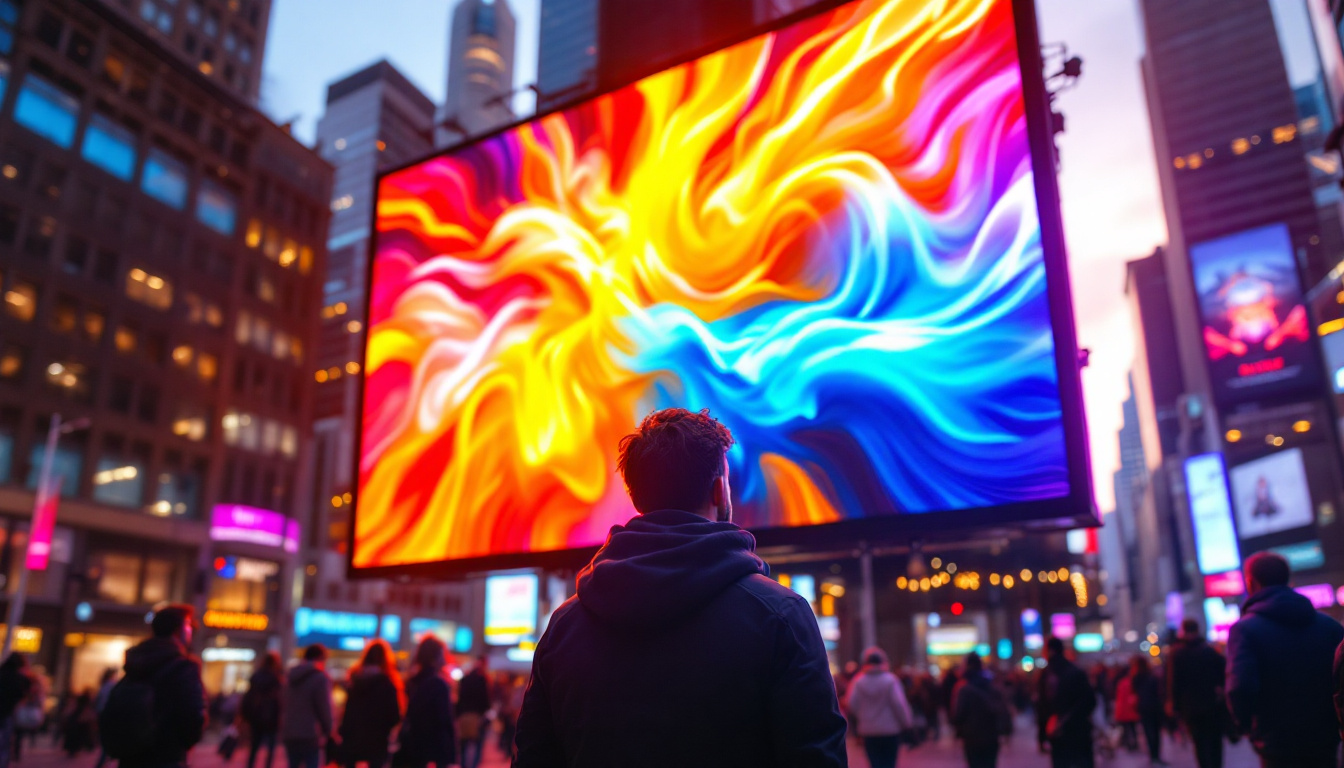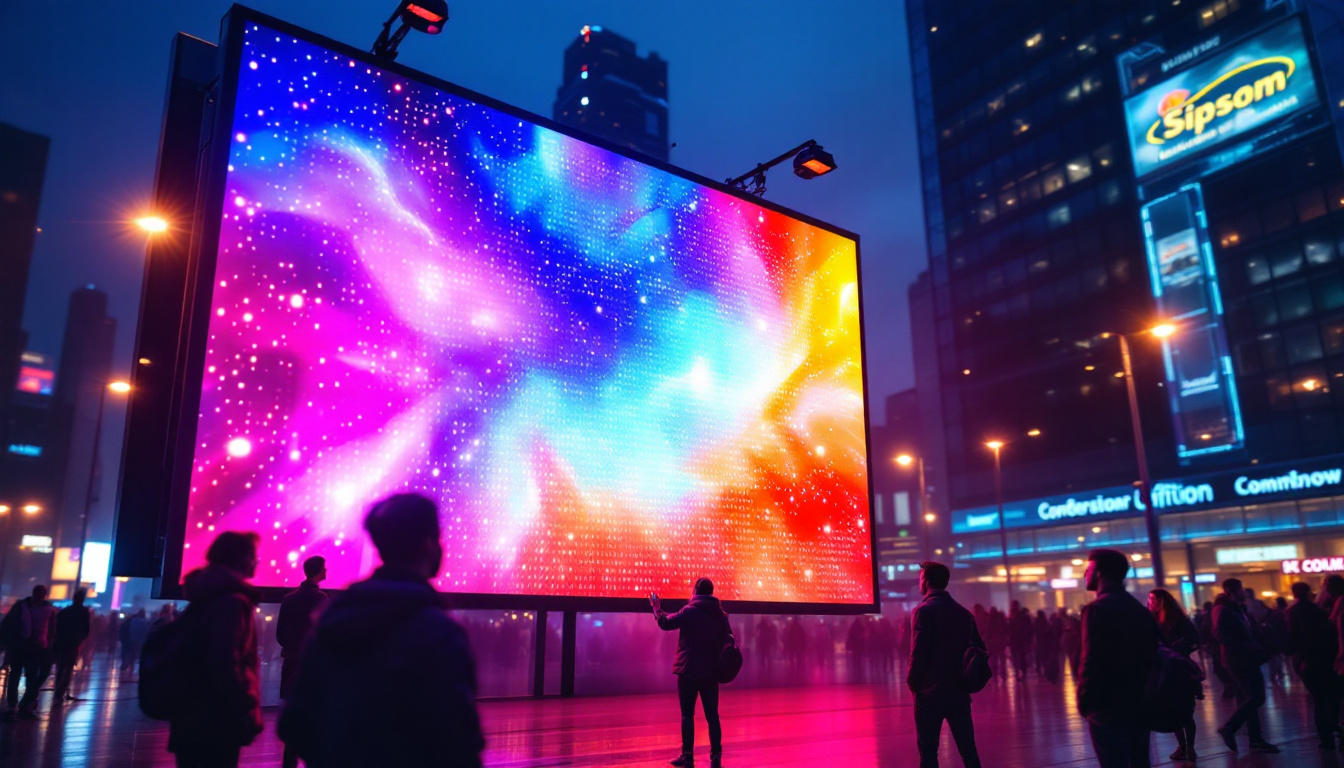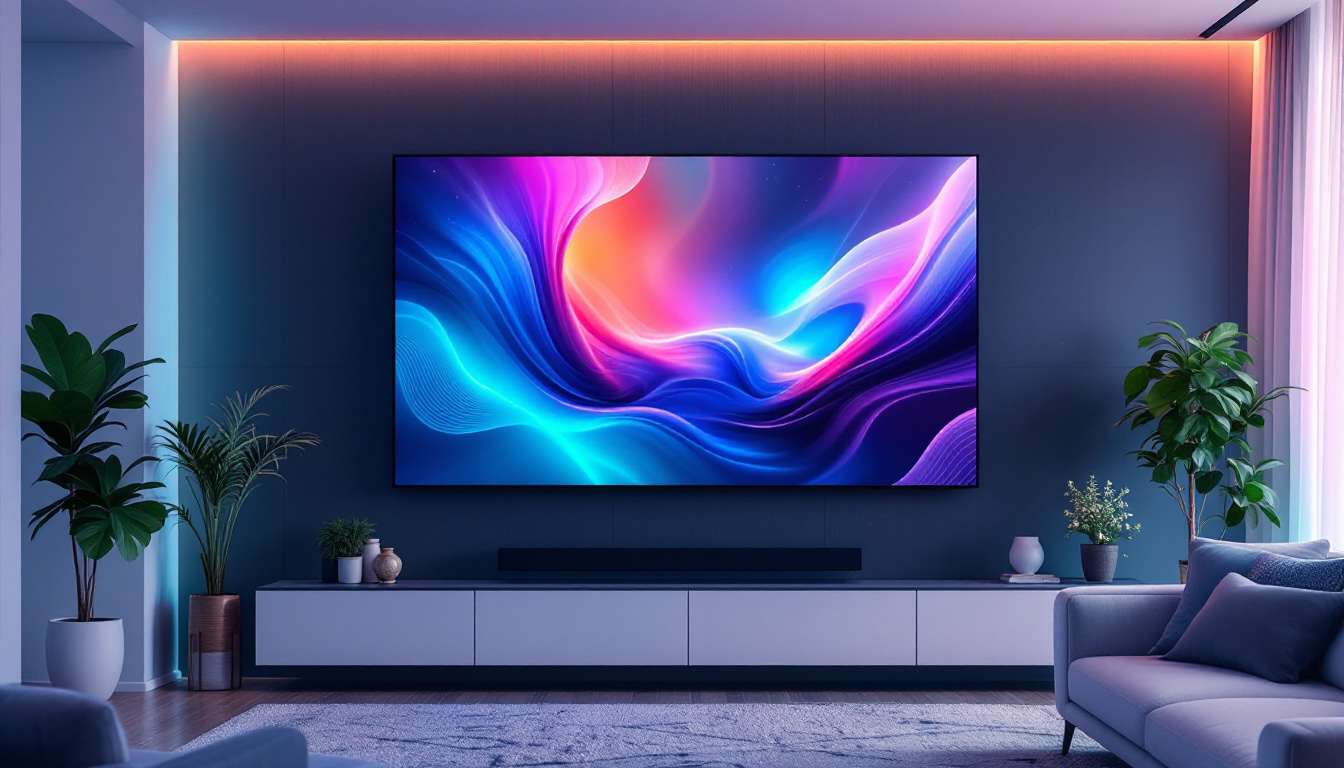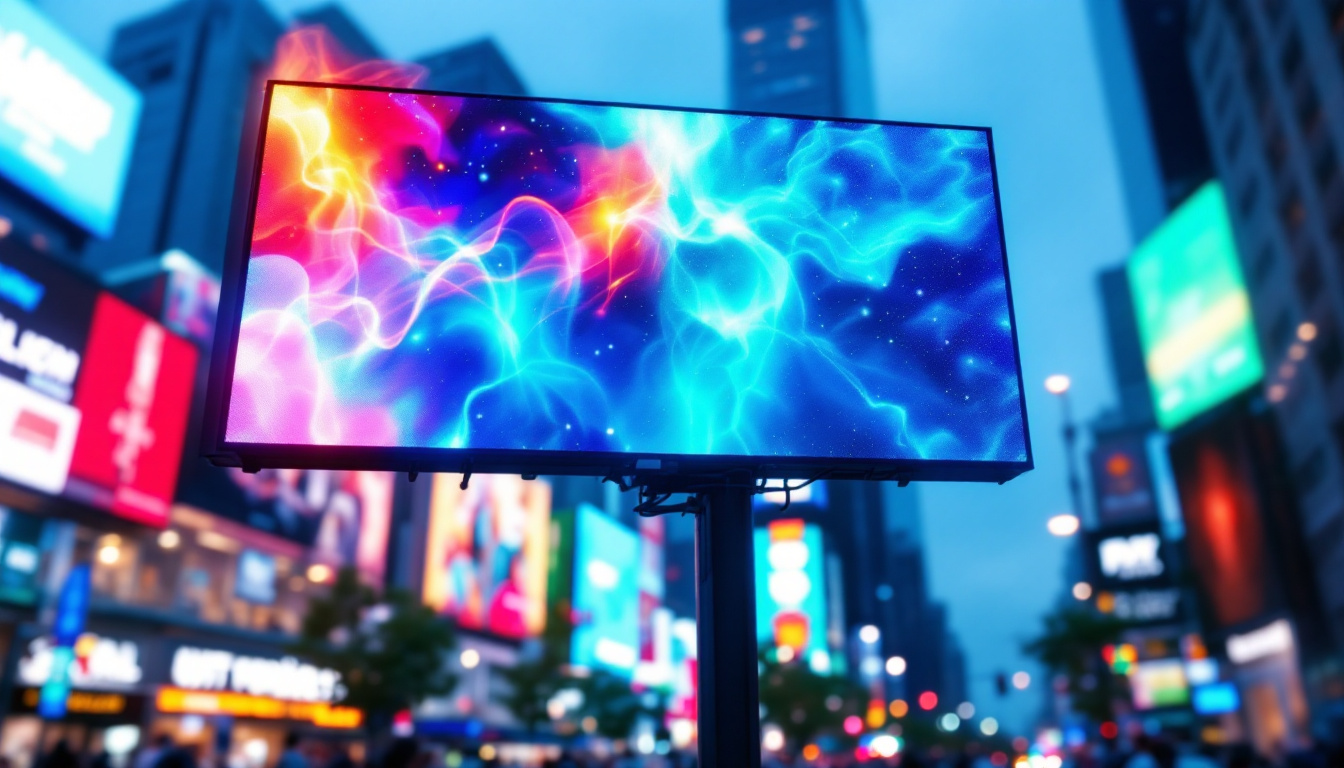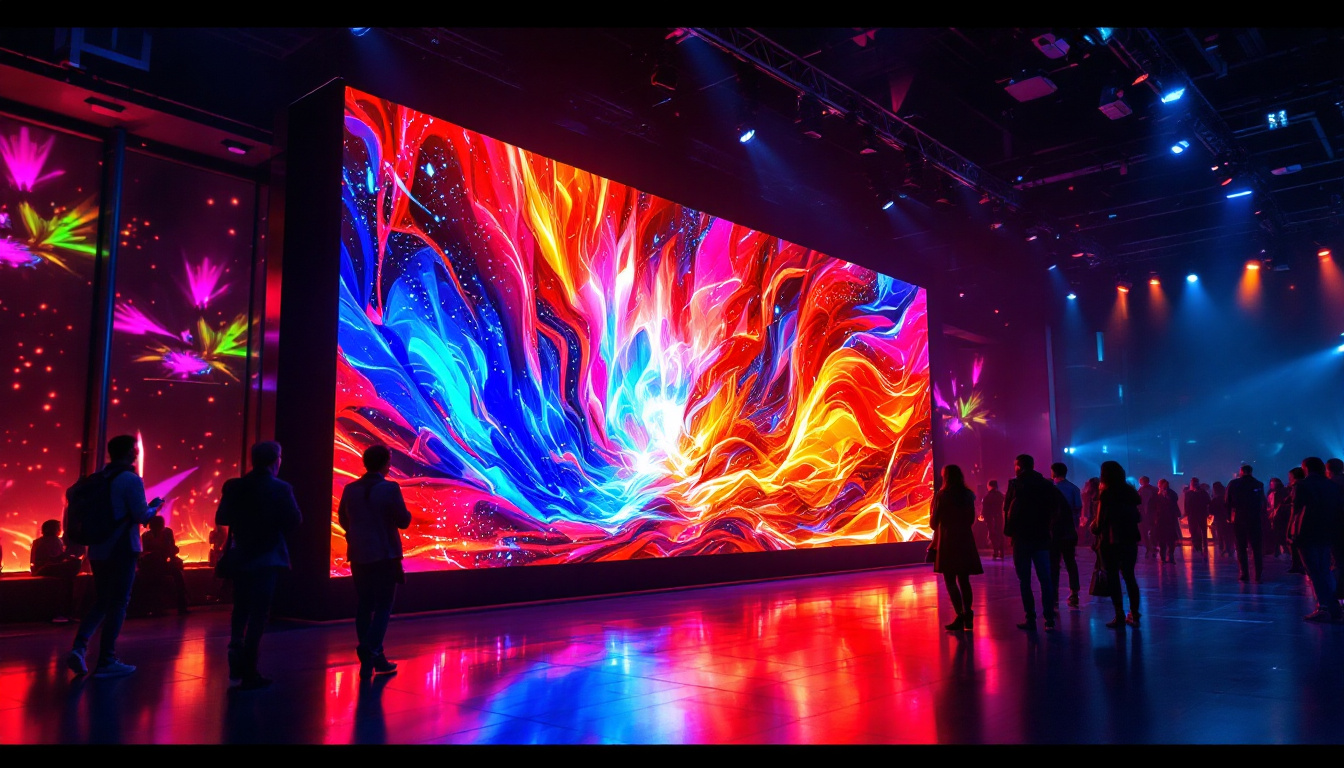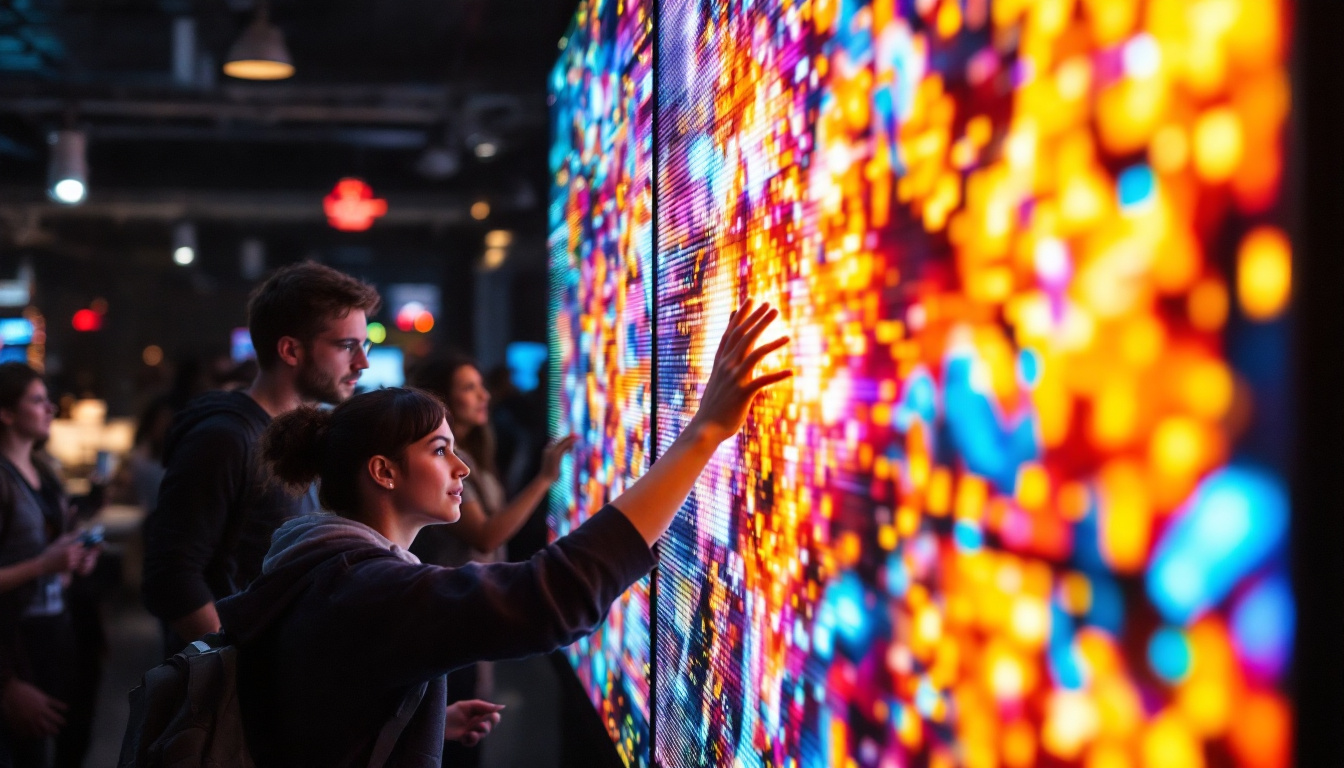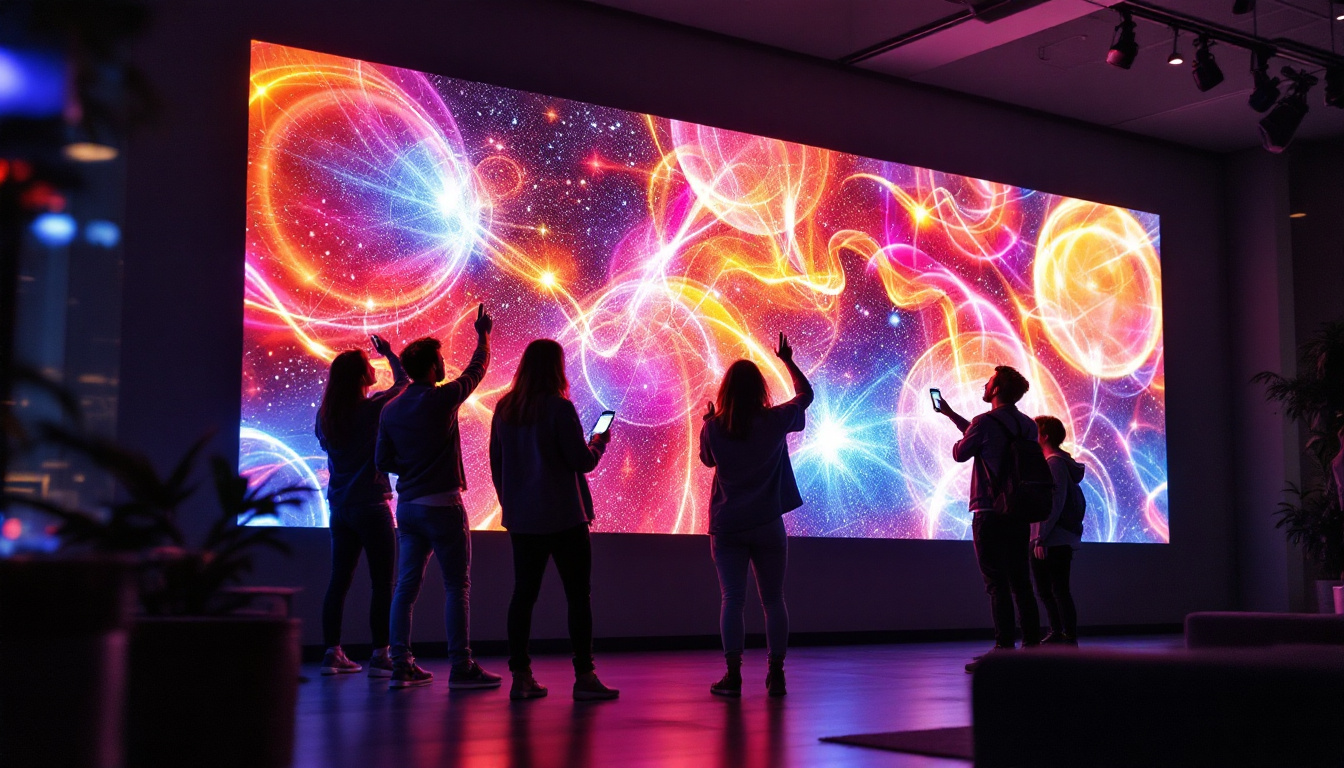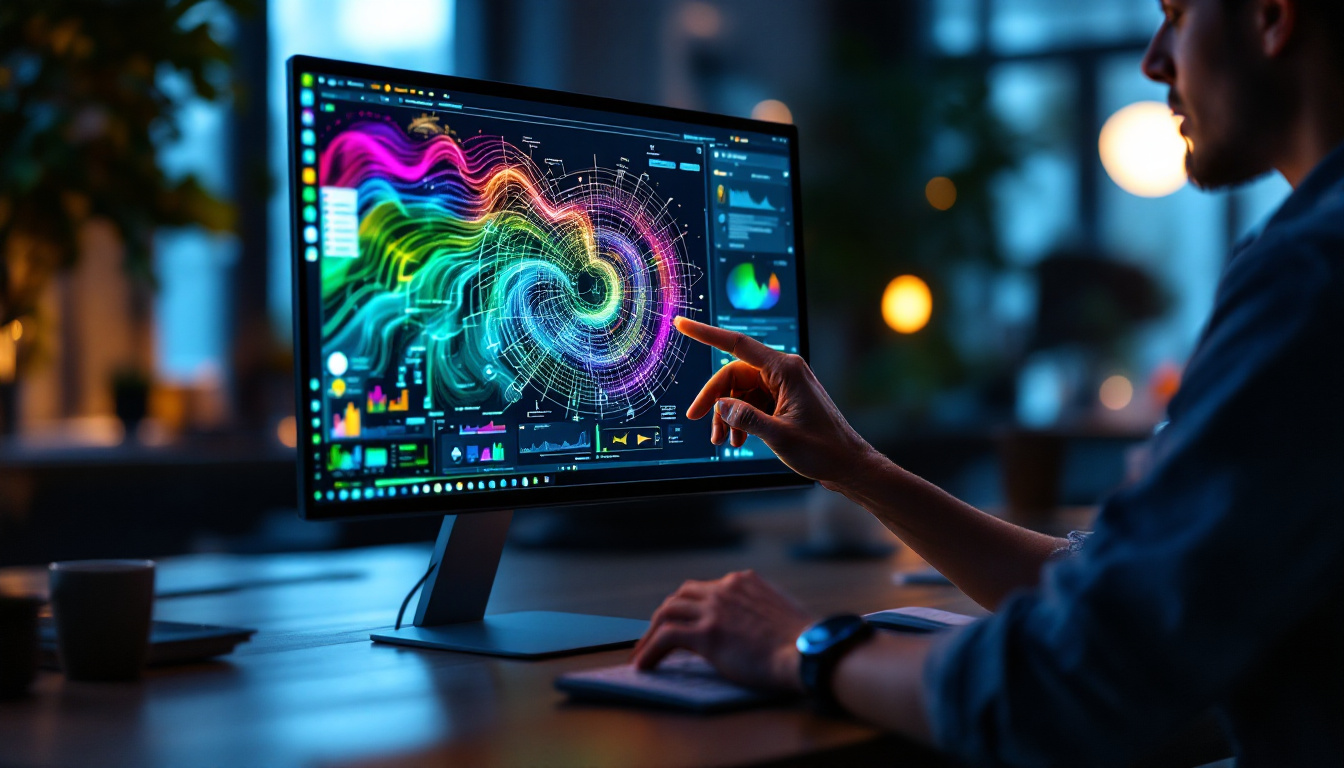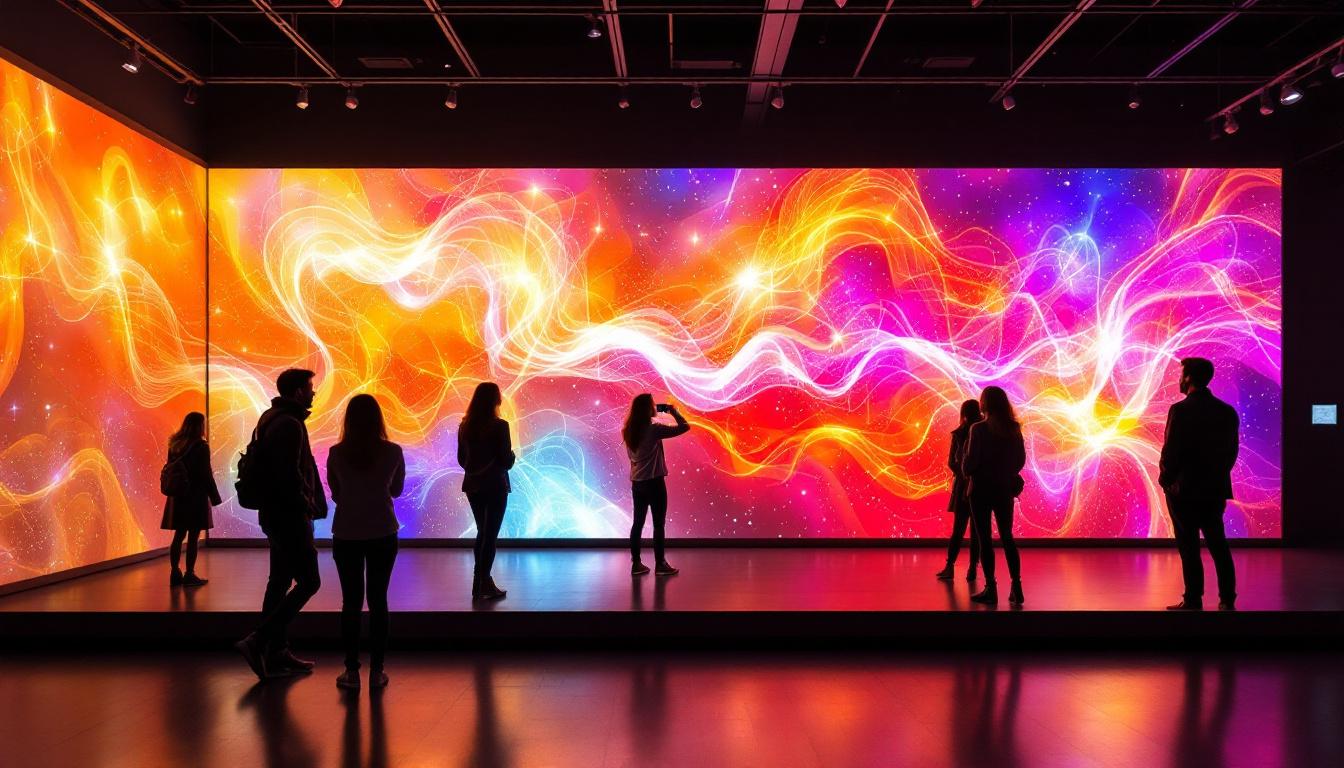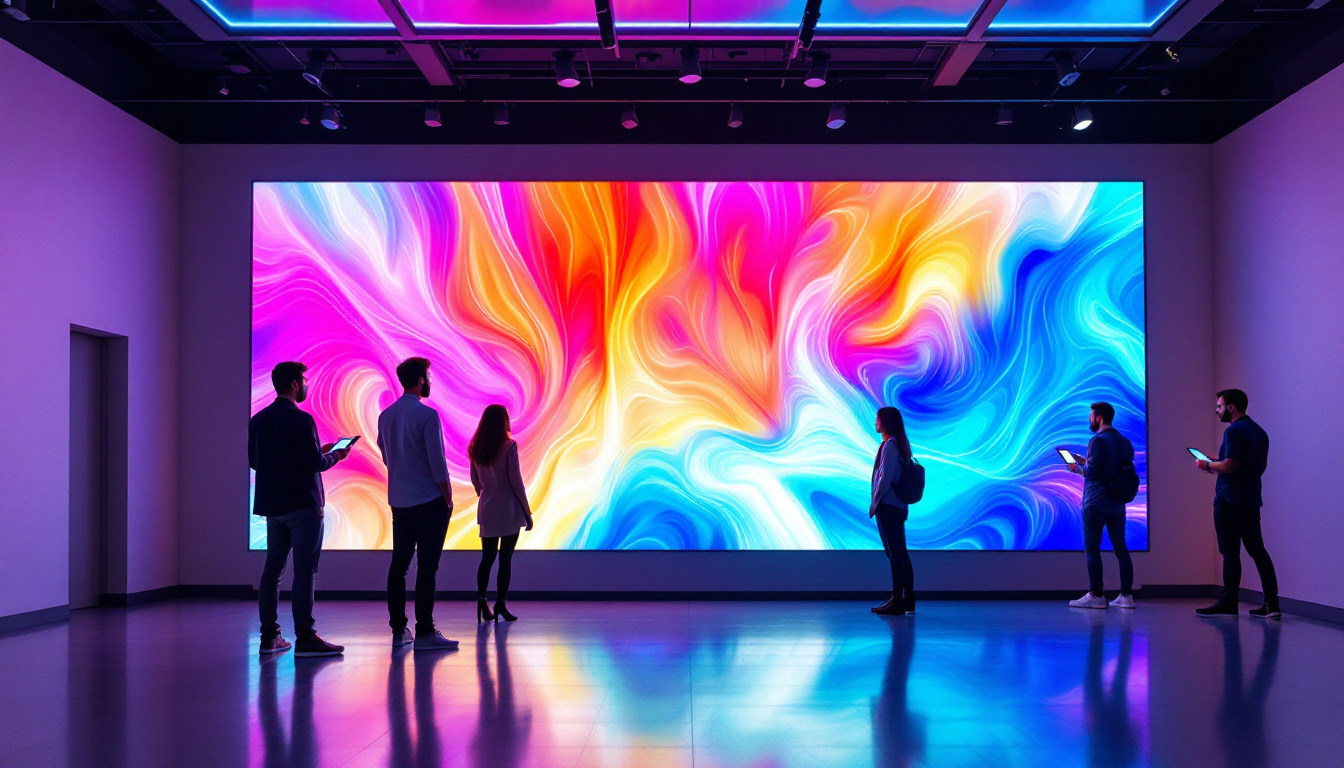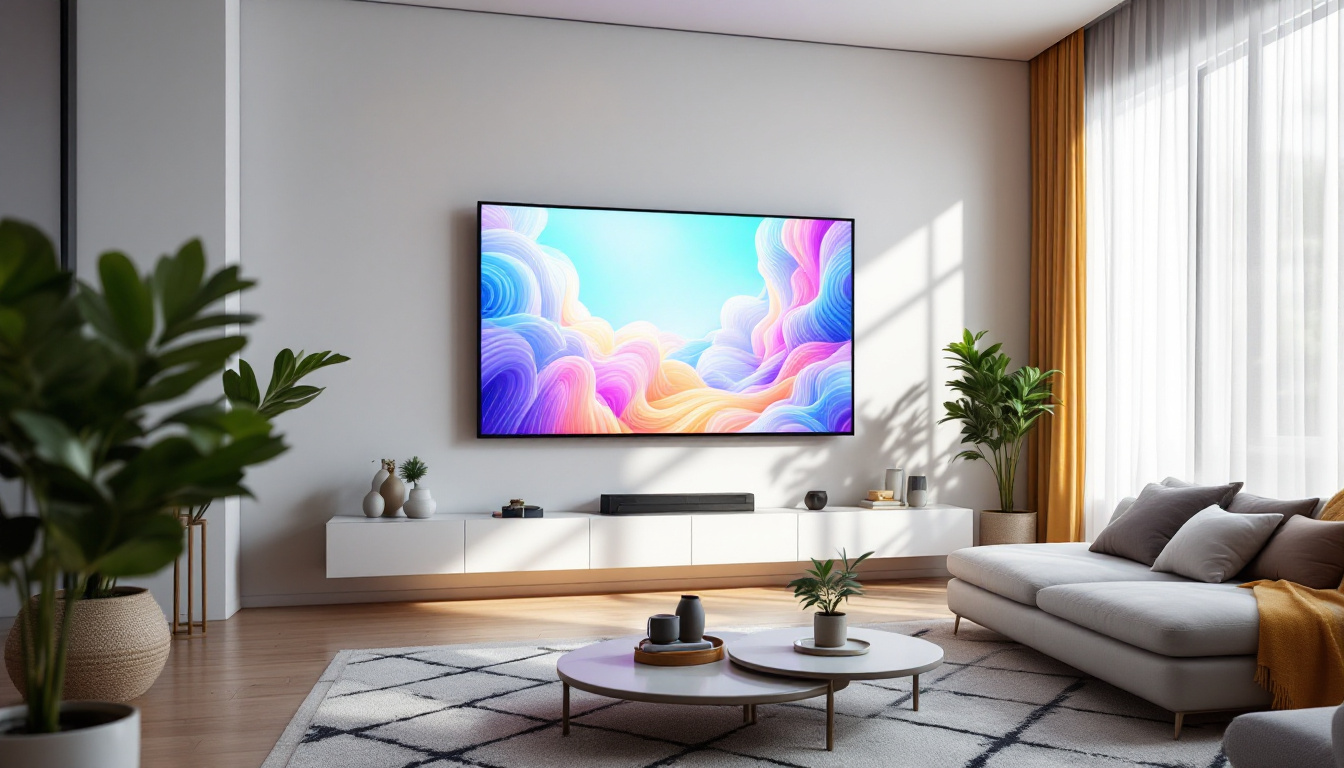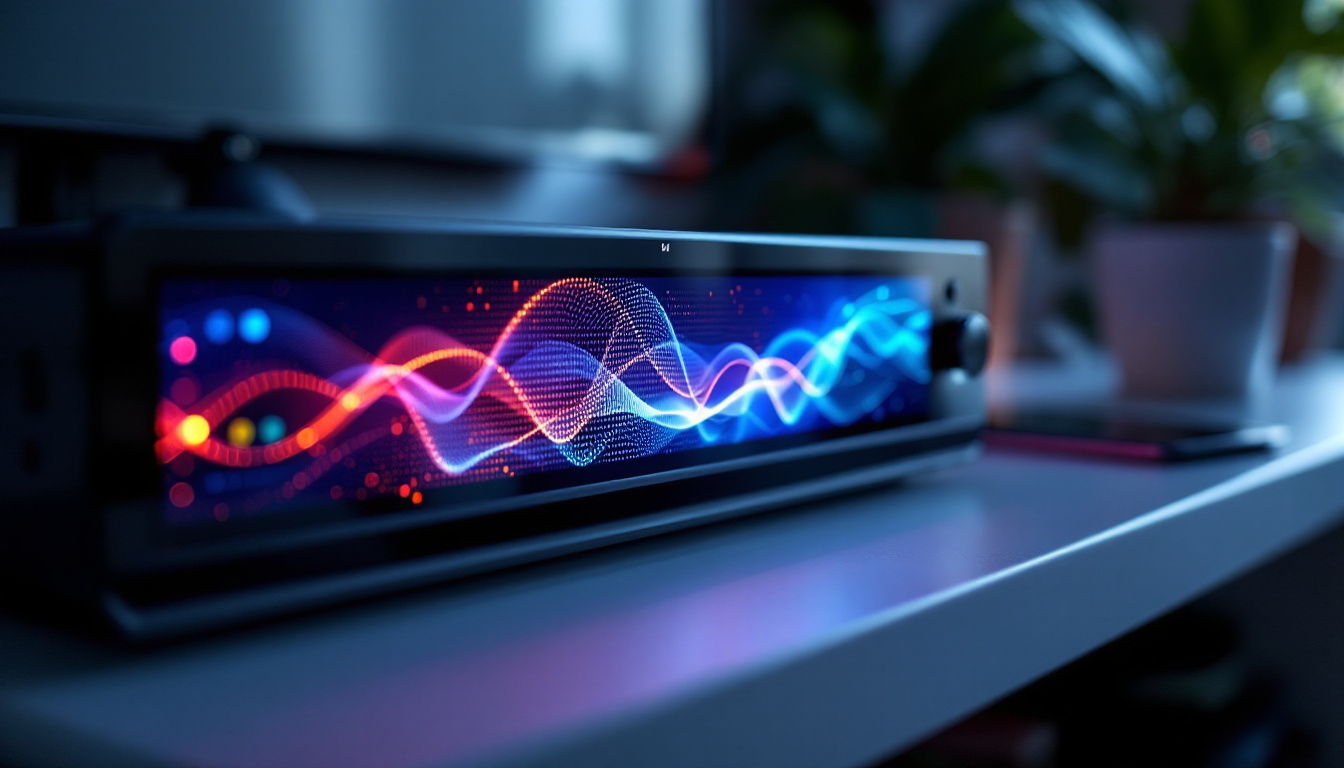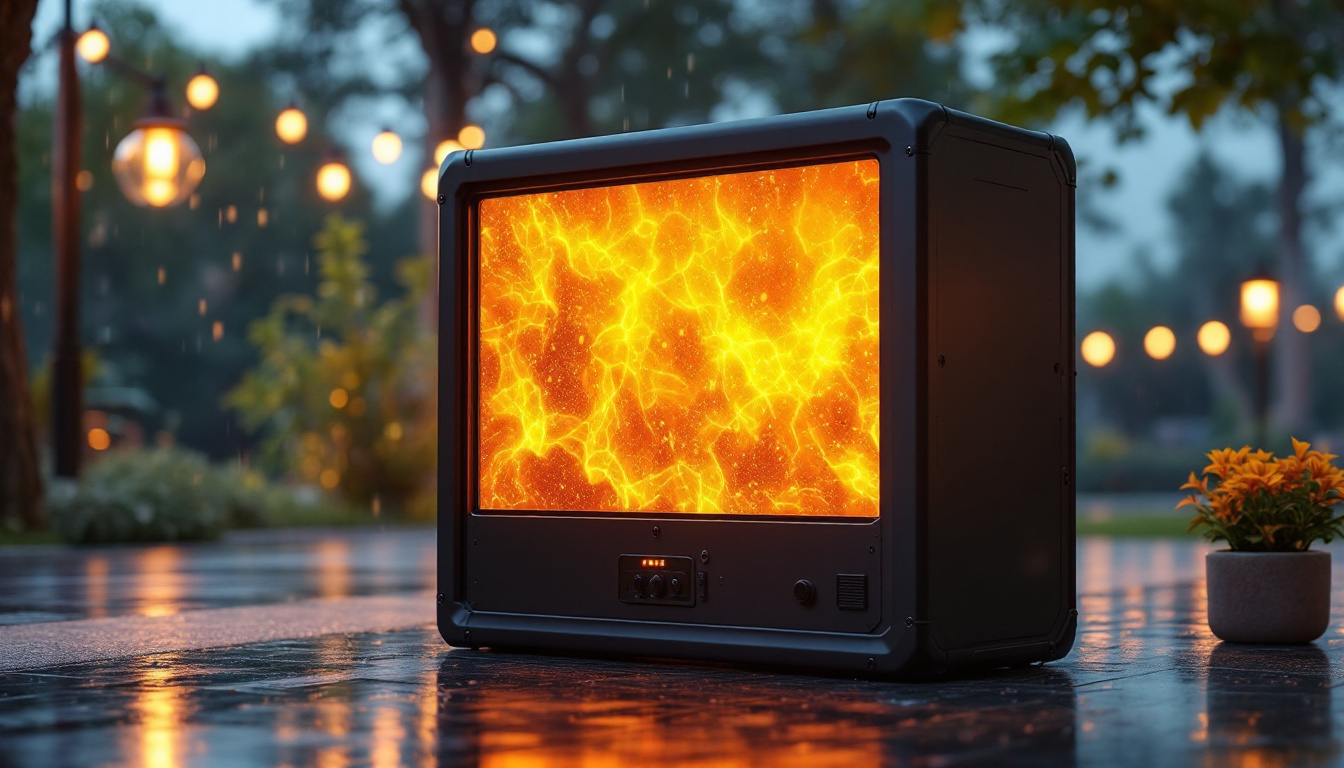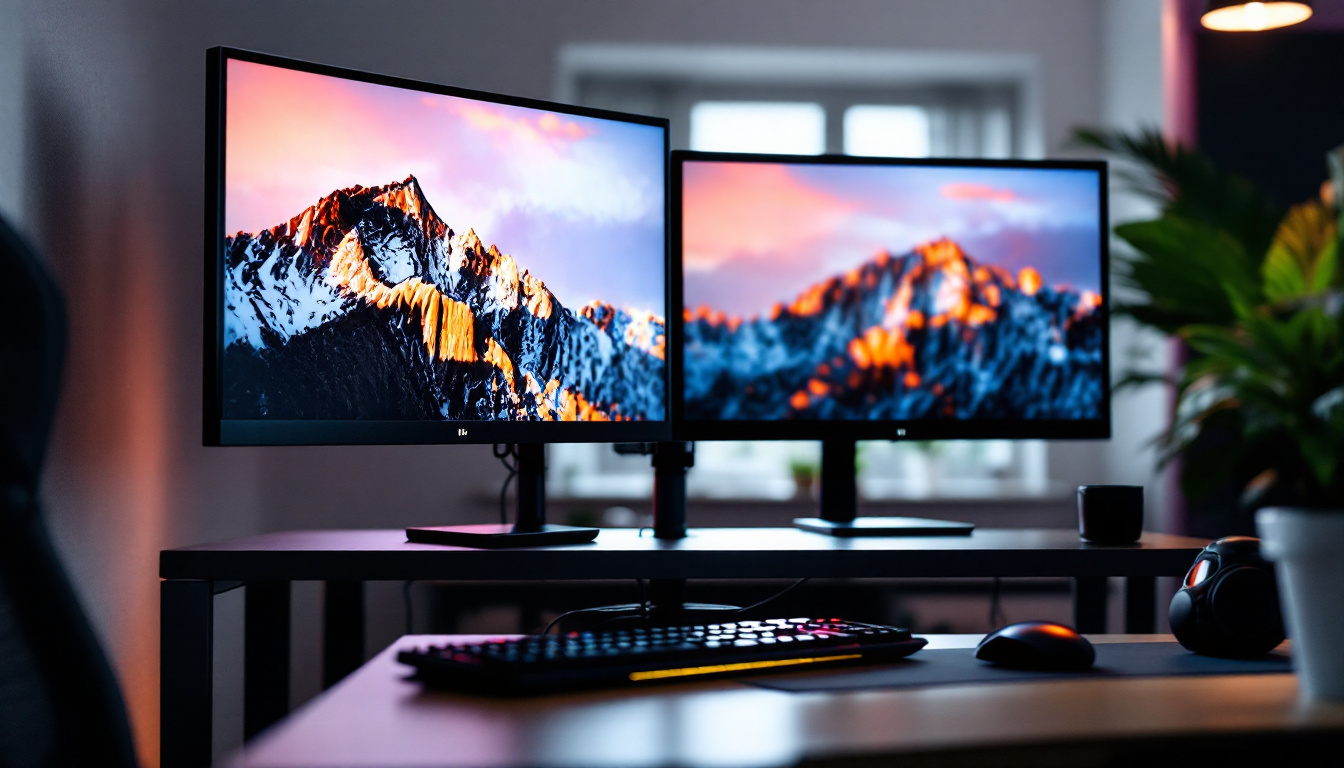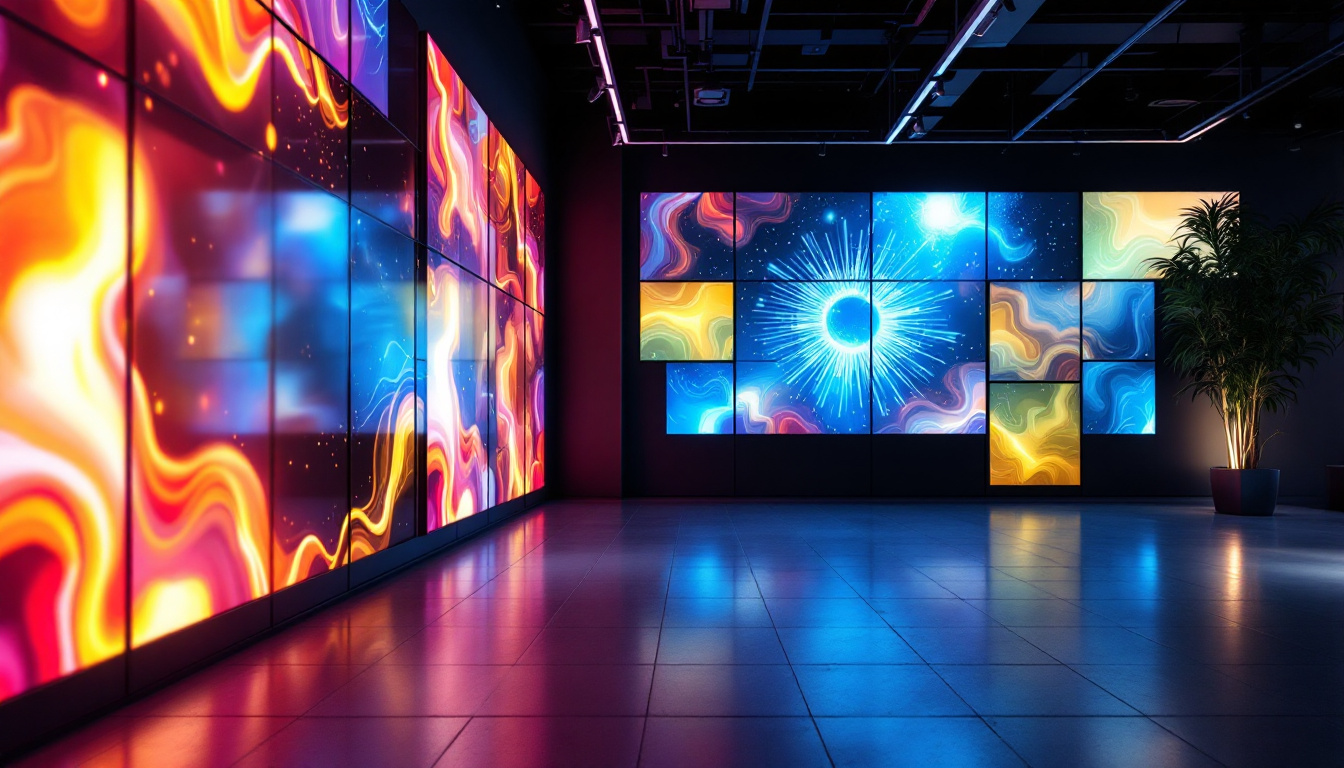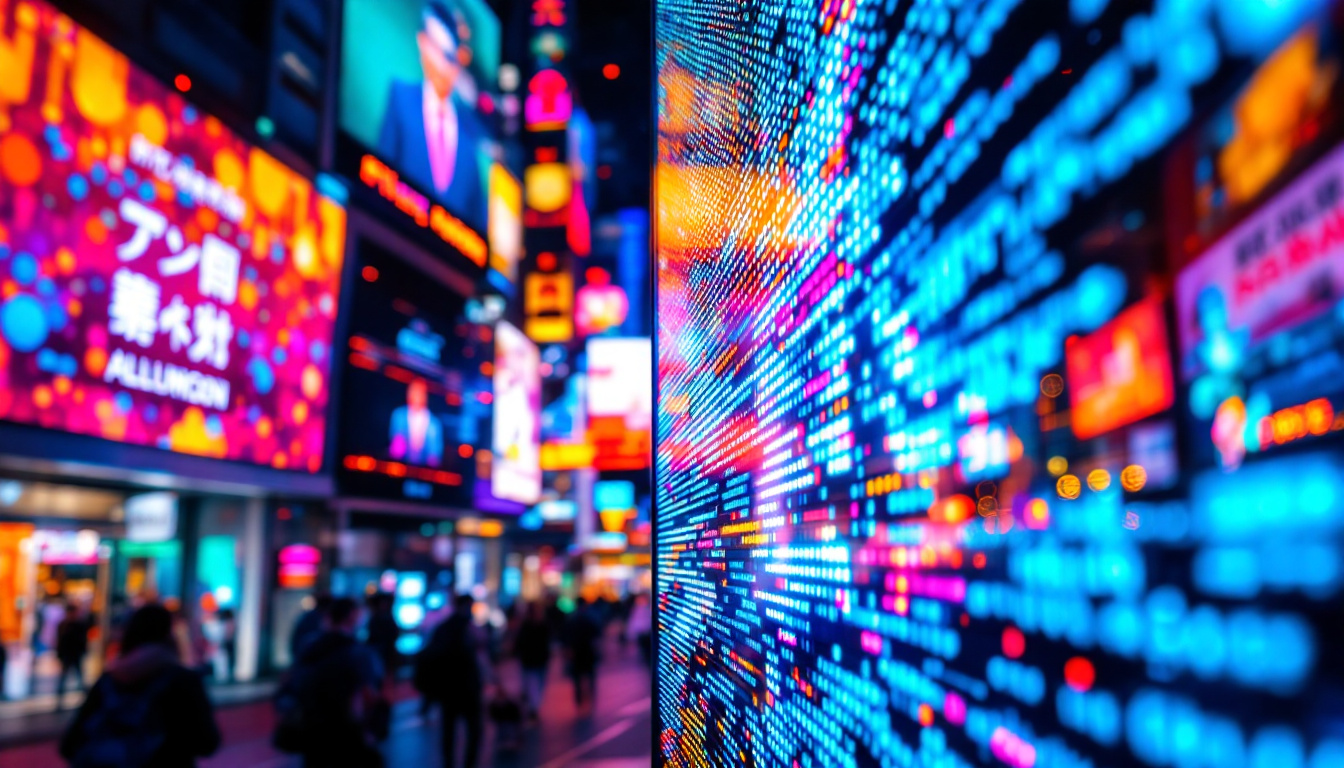In the modern age of technology, the interface between humans and machines has evolved significantly. One of the most prominent advancements in this realm is the touch screen display, particularly those utilizing LED technology. This article delves into the intricacies of LED displays, their functionality, and their impact on user experience.
Understanding LED Technology
Light Emitting Diodes (LEDs) have revolutionized the way displays are designed and utilized. Unlike traditional display technologies, LEDs offer numerous advantages that enhance both performance and efficiency. Their ability to produce bright, vibrant colors while consuming significantly less power than incandescent or fluorescent lights has made them a preferred choice in various settings, from residential to commercial and industrial applications.
What is an LED?
An LED, or Light Emitting Diode, is a semiconductor device that emits light when an electric current passes through it. This phenomenon is known as electroluminescence. LEDs are compact, energy-efficient, and have a long lifespan, making them ideal for various applications, including displays. The development of LED technology has also led to innovations in color mixing and dimming capabilities, allowing for a wide range of lighting effects that were previously unattainable with older technologies.
Types of LED Displays
LED displays come in several types, each suited for different applications. The most common types include:
- Direct View LED (DVLED): These displays consist of individual LED modules that can be arranged to create large screens. They are often used in outdoor advertising and large venues, such as stadiums and concert halls, where high brightness and visibility from a distance are crucial.
- LED-backlit LCD: These displays use LEDs to illuminate an LCD panel. This technology is prevalent in televisions and computer monitors, providing better contrast and color accuracy than traditional fluorescent backlighting. The backlighting can be adjusted dynamically to enhance the viewing experience, especially in darker scenes.
- Organic LED (OLED): OLEDs are a type of LED that uses organic compounds to emit light. They offer superior color reproduction and flexibility, making them ideal for high-end displays. OLED technology allows for thinner screens and can be made into flexible shapes, opening up possibilities for innovative designs in consumer electronics and advertising.
In addition to these types, there are also specialized LED displays, such as MicroLEDs and MiniLEDs, which provide even finer pixel densities and improved performance. MicroLED technology, for instance, allows for self-emissive pixels that can achieve incredible brightness and contrast ratios while maintaining energy efficiency. These advancements are paving the way for next-generation displays that could redefine how we interact with screens in everyday life, from augmented reality applications to immersive gaming experiences.
The Mechanics of Touch Screen Technology
Touch screen technology allows users to interact with devices through direct touch. This innovation has transformed how people engage with their devices, making interfaces more intuitive and accessible. The rise of touch screens has not only changed personal technology but has also influenced the design of various industries, from retail to healthcare, where quick and efficient interactions are paramount.
How Touch Screens Work
Touch screens operate through various technologies, the most common being resistive and capacitive. Each technology employs different methods to detect touch:
- Resistive Touch Screens: These screens consist of two thin layers separated by a small gap. When pressure is applied, the layers touch, completing an electrical circuit. This technology is cost-effective but less responsive than capacitive screens. They are often used in environments where durability is essential, such as industrial settings, where users may wear gloves or use styluses.
- Capacitive Touch Screens: These screens use the electrical properties of the human body to detect touch. They consist of a glass panel coated with a transparent conductive layer. When a finger touches the screen, it alters the electric field, allowing the device to register the touch. Capacitive screens are known for their high sensitivity and multi-touch capabilities, making them ideal for smartphones and tablets, where gestures like pinch-to-zoom have become standard.
Benefits of Touch Screen Displays
The integration of touch screen technology into LED displays offers numerous advantages:
- Enhanced User Experience: Touch screens provide a more interactive experience, allowing users to engage directly with content. This immediacy fosters a sense of connection and control, as users can navigate through applications and information with simple gestures.
- Space Efficiency: Touch screens eliminate the need for physical buttons, creating a sleeker, more modern design. This not only saves space but also allows for larger displays, enhancing visibility and usability in compact devices.
- Versatility: Touch screens can be used in various environments, from smartphones and tablets to kiosks and industrial equipment. Their adaptability extends to applications in education, where interactive whiteboards enhance learning experiences, and in healthcare, where touch screens streamline patient data entry and retrieval.
Moreover, the evolution of touch screen technology has led to innovations such as haptic feedback, which provides tactile responses to user interactions. This feature enhances the sensory experience, making the interaction feel more natural and engaging. As touch screens continue to evolve, we can expect to see even more advanced technologies, such as flexible displays that can bend and conform to different surfaces, further expanding their potential applications in everyday life.
Applications of LED Touch Screen Displays
LED touch screen displays have found their way into numerous industries, enhancing functionality and user engagement across the board. Their versatility makes them suitable for both consumer and commercial applications.
Consumer Electronics
In consumer electronics, LED touch screens are ubiquitous. Smartphones, tablets, and laptops utilize this technology to create user-friendly interfaces. The vibrant colors and sharp images produced by LED displays enhance the overall viewing experience, making them ideal for media consumption and gaming.
Retail and Advertising
In retail environments, LED touch screens serve as powerful marketing tools. Interactive displays allow customers to browse products, access promotions, and engage with brands in a dynamic way. These displays can attract attention and provide information, ultimately driving sales.
Healthcare and Education
In healthcare settings, LED touch screens facilitate patient interaction with medical devices and information systems. They can display vital data and allow for easy navigation through complex systems. In educational settings, interactive touch screens enhance learning experiences, enabling students to engage with content actively.
Advantages of LED Touch Screen Displays
The combination of LED and touch screen technologies brings several benefits that make them a preferred choice for many applications.
Energy Efficiency
LED technology is known for its energy efficiency. Compared to traditional display technologies, LED displays consume significantly less power, which is particularly beneficial for portable devices and large installations. This efficiency not only reduces operational costs but also contributes to environmental sustainability.
Improved Brightness and Contrast
LED displays are capable of producing brighter images with higher contrast ratios. This characteristic is especially important in bright environments where visibility can be challenging. The vivid colors and sharp details enhance the overall user experience, making content more engaging.
Durability and Longevity
LED displays are generally more durable than their LCD counterparts. They are less susceptible to damage from impact and environmental factors, making them ideal for outdoor use. Additionally, LEDs have a longer lifespan, often lasting tens of thousands of hours, which reduces the need for frequent replacements.
Challenges and Considerations
Despite their numerous advantages, LED touch screen displays are not without challenges. Understanding these limitations is crucial for making informed decisions regarding their use.
Cost Factors
While the prices of LED technology have decreased over the years, high-quality LED touch screen displays can still be expensive. This cost can be a barrier for small businesses or individuals looking to invest in this technology. However, the long-term benefits often justify the initial investment.
Calibration and Maintenance
Touch screen displays require regular calibration to ensure accurate touch response. Additionally, dust and fingerprints can affect visibility and performance. Regular cleaning and maintenance are necessary to keep the displays in optimal condition, which can be an added responsibility for businesses.
Potential for Glare
In brightly lit environments, LED touch screens can suffer from glare, which can hinder visibility. Anti-glare coatings and careful placement can mitigate this issue, but it remains a consideration for designers and users alike.
The Future of LED Touch Screen Displays
As technology continues to evolve, the future of LED touch screen displays looks promising. Innovations in materials, design, and functionality are poised to enhance their capabilities further.
Advancements in Display Technology
Research and development in display technology are ongoing. Future LED displays may incorporate features such as flexible screens, improved resolution, and enhanced touch sensitivity. These advancements will open new possibilities for applications across various industries.
Integration with Augmented Reality (AR)
The integration of LED touch screens with augmented reality technology presents exciting opportunities. Imagine interactive displays that not only respond to touch but also overlay digital information onto the physical world. This combination could revolutionize fields such as education, training, and entertainment.
Smart Home Integration
As smart home technology becomes more prevalent, LED touch screens will likely play a central role in controlling various devices. From managing lighting to adjusting thermostats, touch screens will provide a user-friendly interface for seamless interaction with smart home systems.
Conclusion
LED touch screen displays represent a significant advancement in technology, offering a blend of interactivity, efficiency, and visual appeal. Their applications span numerous industries, enhancing user experiences and driving innovation. While challenges exist, the benefits of LED touch screens far outweigh the drawbacks, making them a valuable asset in today’s digital landscape.
As technology continues to evolve, the future of LED touch screen displays holds immense potential. With ongoing advancements and integration with emerging technologies, these displays will undoubtedly remain at the forefront of user interface design for years to come.
Explore the Future of Visual Engagement with LumenMatrix
Ready to elevate your visual communication and engage your audience like never before? Discover LumenMatrix’s innovative LED display solutions, where cutting-edge technology meets creative design. From vibrant Indoor and Outdoor LED Wall Displays to dynamic Vehicle and Sports LED Displays, LumenMatrix offers a wide array of options tailored to your unique needs. Experience the difference with our LED Poster Displays, Floor LED Displays, and revolutionary All-in-One LED Displays. Embrace transparency with our LED Transparent Display and let your brand shine. Step into the future of digital signage with LumenMatrix and create unforgettable visual experiences. Check out LumenMatrix LED Display Solutions today and transform your space into a captivating showcase of innovation.



